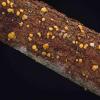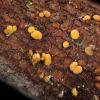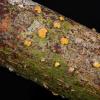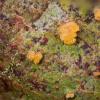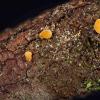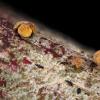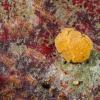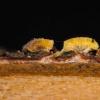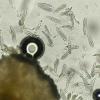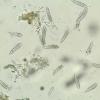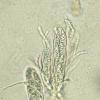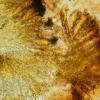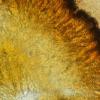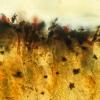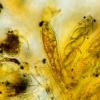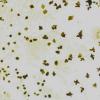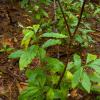
21-12-2025 09:32
Hello.A tiny ascomycete found embedded in wood in

22-12-2025 00:47
Patrice TANCHAUDBonsoir, récolte à proximité du milieu dunaire

21-12-2025 21:32
Pol DebaenstHello, Garden, Burgweg 19, Veurne, BelgiumOn 10/1

21-12-2025 21:40
Isabelle CharissouBonjour, j'aimerais connaitre les références de

21-12-2025 21:31
Pol DebaenstHello, Garden, Burgweg 19, Veurne, BelgiumOn 10/1

21-12-2025 21:31
Pol DebaenstHello, Garden, Burgweg 19, Veurne, BelgiumOn 10/1

20-12-2025 23:08
Patrice TANCHAUDBonsoir, récolte sur sol sablonneux dans l'arri�

20-12-2025 15:47
Mirek GrycHi.These grew on pine wood that was heavily covere
Pezicula sp. on Pyrularia pubera - North Carolina, USA
Danny Newman,
24-11-2023 21:38

higher resolution images available at inaturalist.org/observations/180579535
on standing, dead herbaceous central stems of Pyrularia pubera (see last image)
hymenial surface incrusted with abundant, dextrinoid (?), stellate crystals
Stage micrometer was recently lost, and so sadly I have no measurements at this time.
Hans-Otto Baral,
25-11-2023 10:30

Re : Pezicula sp. on Pyrularia pubera - North Carolina, USA
I remember to have seen in Pezicula such redbrown granules extruding from the hymenium (paraphyses) when adding Lugol. I assume you used Melzer. Important would be to check a KOH-pretreated probe with MLZ to see the deep blue apical rings (hemiamyloidity!).
For a species name I can say nothing.
Danny Newman,
25-11-2023 17:30

Re : Pezicula sp. on Pyrularia pubera - North Carolina, USA
Zotto,
Thank you for the reply. I use Lugol's when working with discomycetes whenever possible, at your long ago instruction, this being no exception. I made sure that a plentiful supply of it would be available for our participants to use at the Korf Foray and subsequence Purchase Knob AscoBlitz. One of the same dropper bottles provided for those events was used in the preparation of this sample.
Hans-Otto Baral,
25-11-2023 20:34

Re : Pezicula sp. on Pyrularia pubera - North Carolina, USA
Great! I concluded from the seemingly negative ascus apex that it must be Melzer. I only remember one species with inamyloid asci - not sure which it was. All others react pretty pure red but after KOH deep blue.

